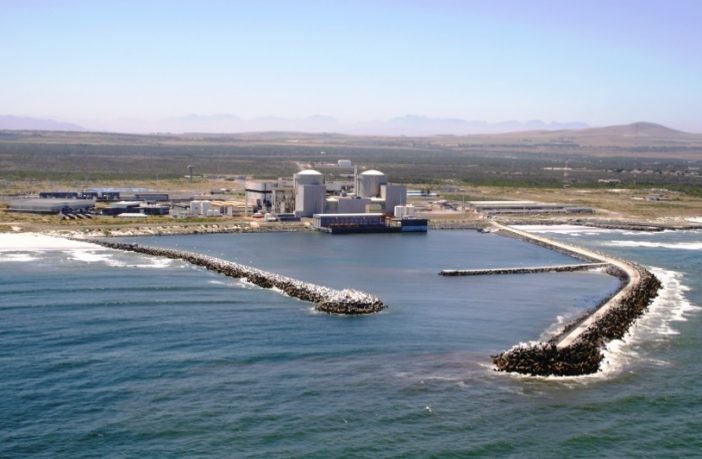- The Nuclear Industry Association of South Africa (NIASA) fully supports the plans of nuclear new build programme presented by the Minister of the Department of Minerals and Energy Resources (DMRE), Gwede Mantashe, in Parliament on 7 May 2020.
- In a media statement, NIASA underlined that the development gives the requisite policy certainty, which enables the industry to respond accordingly.
“The implementation of the Integrated Resource Plan (IRP), which advocates for the diversity of energy sources, while at the same time ensuring the security of supply is welcome and will set South Africa on a path of economic growth and prosperity,” reads part of the statement.
NIASA says it is particularly encouraged to see the commitment to the nuclear new build (NNB) programme of at least 2,500MW in a responsible manner, especially in the wake of the devastating COVID-19 pandemic, which will constrain government spending.
South
The IRP refers to a need to watch developments internationally in modularised construction of nuclear capacity allowing for flexibility and quick turn-around times for project implementation.
NIASA noted that it has forged a solid relationship with sister organisations around the world to capitalise on information sharing and benchmarking.
Nuclear new build plans
The extension of the life of Koeberg Nuclear Power Plant beyond 2024 is another exciting opportunity for the industry as it will provide opportunities to embark on real tangible projects, which will, in turn, lay the foundation for skills development, ensuring readiness for the new nuclear build (NNB) programme.
Somewhat related to Koeberg extension is the implementation of the Centralised Interim Storage Facility for the high-level nuclear waste, which is currently stored on-site at Koeberg.
The South African Fundamental Atomic Research Installation 1 (SAFARI-1) at Pelindaba, West of Pretoria, which was commissioned in 1965, is coming to the end of its life in 2030.
Government has made a decision to replace it with a Multi-Purpose Research Reactor (MPR).
This is another opportunity for the country to increase its nuclear medicine production and once again solidify its position on the global market, said NIASA.
“At one-point South Africa was the second-largest exporter of medical isotopes in the world, and should strive to once again occupy this position,” says NIASA.
The association noted that projects will no doubt rejuvenate the industry and contribute immensely to economic development in the country.
“Many jobs will be created in the various phases of these projects from engineering through procurement to construction. This will be followed by many years of productive life for these plants. NIASA is ready to support the DMRE in achieving these strategic project,” concludes Knox Msebenzi, NIASA’s Managing Director
Author: Nicolette Pombo-van Zyl
This article was originally published on ESI Africa and is republished with permission with minor editorial changes.
















1 Comment
I sencerely hope that the ANC government will be world pioneers and investigate the use of traveling-wave reactors. Traveling-wave reactor (TWR) run on depleted uranium, as opposed to the enriched uranium commonly used in nuclear plants. It is much safer and more environment friendly than traditional reactors.